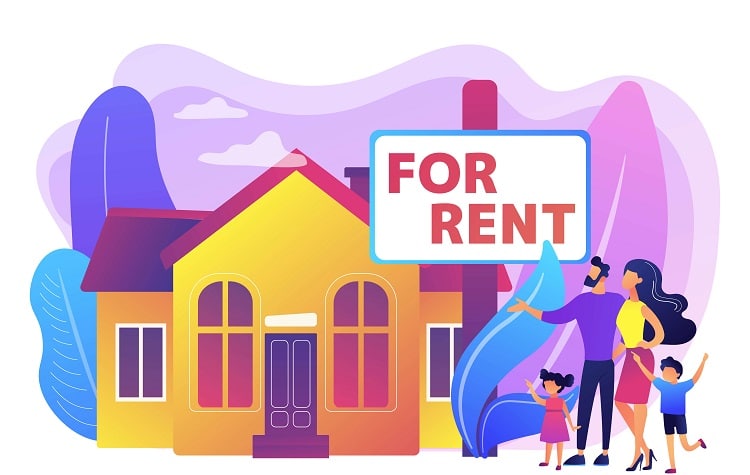Many of us experience the stress that comes with the end of the month and the looming prospect of running out of money. It’s a challenge that can take a toll on our mental health and overall well-being. With the right strategies and a bit of financial discipline, we can navigate through the pressures of inflation and the anxiety associated with financial stress.
By taking control of our financial situation, we equip ourselves with the tools to live within our means. This requires us to scrutinize our expenses and to differentiate between wants and necessities. By doing so, we not only alleviate immediate financial stress but also lay the groundwork for long-term financial stability.
Table of Contents
Toggle1. Creating a Sustainable Budget

To break the cycle of living paycheck to paycheck, it’s critical that we understand our financial landscape and utilize the right tools to manage our money efficiently.
Income and Expenses
The foundation of any sustainable budget is a thorough understanding of our monthly income and expenses. We begin by listing all sources of income, ensuring that we account for every reliable penny we expect to receive within a month.
Following this, we systematically note every recurring expense, such as rent, utilities, groceries, and other bills. This allows us to see the big picture and identify areas where we might be overspending.
Allocating Funds to Necessities and Savings
Once we have a clear understanding of our cash flow, the next step is strategic allocation. We prioritize necessities, like housing, food, and transportation. From there, we adopt a forward-thinking approach by designating a portion of our income to savings.
Even a small amount set aside consistently can fortify our financial health, as advised by experts like The Motley Fool. Additionally, shaving non-essential expenses can free up more funds for our savings objectives.
Utilizing Budgeting Tools for Efficiency
In today’s digital age, leveraging budgeting tools is a game-changer for sustaining our financial plan. Apps and software can categorize our spending habits automatically, help us track our progress, and alert us before we overspend. These tools can simplify the budgeting process, making it more likely that we’ll stick to our financial goals with minimal stress and maximum efficacy.
2. Effective Debt and Credit Management

In this section, we’ll explore targeted strategies to enhance our financial resilience, focusing on managing debt efficiently, boosting credit scores, and steering clear of additional debt. Each of these components is intertwined, and mastering them can contribute to a stable financial future.
Prioritizing Debt Payments
To improve our financial health, it’s crucial to prioritize debt payments. We can start by listing our debts from smallest to largest—a technique known as the Debt Snowball method—and focus on clearing the smaller debts first while maintaining minimum payments on others.
Improving Your Credit Score
Credit scores are foundational to our financial opportunities, affecting loan terms and even employment prospects. We can improve our credit scores by making timely payments, keeping our credit card balances well below our credit limits, and ensuring we don’t apply for credit unnecessarily.
- Payment History: Consistently pay on time; it accounts for a significant portion of our credit scores.
- Credit Utilization Ratio: Aim to use less than 30% of our available credit.
- Age of Credit Accounts: The longer our credit history, the better. Avoid closing old credit cards.
- Credit Mix: A diversity of credit types—credit cards, loans, no credit loan products—can reflect positively on our credit score.
No credit check loans can be quite an interesting option. If you are interested in it, you can apply here.
Avoiding New Debt
Avoiding new debt is imperative to maintaining financial stability. We should create and stick to a budget that covers our essentials and savings goals, reducing the temptation for new credit card debt. If we’re considering taking on new debt, it’s essential to assess whether it’s absolutely necessary and if we have the means to repay it without compromising other financial obligations.
- Budget: Track income and expenses diligently.
- Emergency Fund: Build a safety net to handle unexpected expenses without resorting to credit cards.
- Thoughtful Purchasing: Stop to consider the long-term impact before any major purchase.
3. Building Emergency and Retirement Funds

To secure our financial future, it’s crucial that we establish robust emergency and retirement funds. Managing these funds effectively can alleviate the monthly stress of potentially running out of money.
Starting an Emergency Fund
Starting an emergency fund is the first line of defense against unforeseen financial hardships. Our aim here is twofold: to protect us from debt and to provide a financial buffer.
- Initial Target: We suggest beginning with at least $1,000, as this can cover most minor emergencies without needing to rely on credit.
- Growth Goal: Over time, we should strive to save between three to six months’ worth of living expenses to fortify our emergency savings.
Key Actions
- Assessment: We first evaluate our monthly expenses to determine an exact figure for our emergency fund goal.
- Savings Plan: We then break this goal into manageable monthly or weekly savings targets.
- High-Yield Savings Account: To maximize our funds’ growth, we deposit our savings in a high-yield savings account.
- CFO Perspective: As the CFO of our personal finance, we need to prioritize this fund and treat contributions to it as non-negotiable regular expenses.
Planning for Retirement Savings

When we speak of retirement savings, we’re looking at the long-term horizon. This means considering retirement accounts such as IRAs and understanding our post-retirement needs.
- Retirement Accounts: We should consider investing in Individual Retirement Accounts (IRAs) or employer-sponsored plans like 401(k)s, which offer tax advantages.
- Consistent Contributions: Consistently contributing to these retirement accounts is essential, even if it’s a small amount initially.
Key Strategies
- Early Planning: The earlier we start planning for retirement, the better, thanks to the power of compounding interest.
- Salary Percentage: Aim to allocate a certain percentage of our salary directly into our retirement savings. Financial advisors often recommend between 10% to 15%.
- Post-Retirement Needs: We should project our expected post-retirement expenses to ensure our retirement savings will suffice. This might include healthcare costs, living expenses, and funds for leisure activities.
Summary
Here, we’ve explored practical strategies and focused on the importance of budgeting, expense tracking, and setting realistic financial goals.
Our financial well-being improves when we take consistent, measured actions. Together, we can build a future where running out of funds before month-end is a thing of the past.



